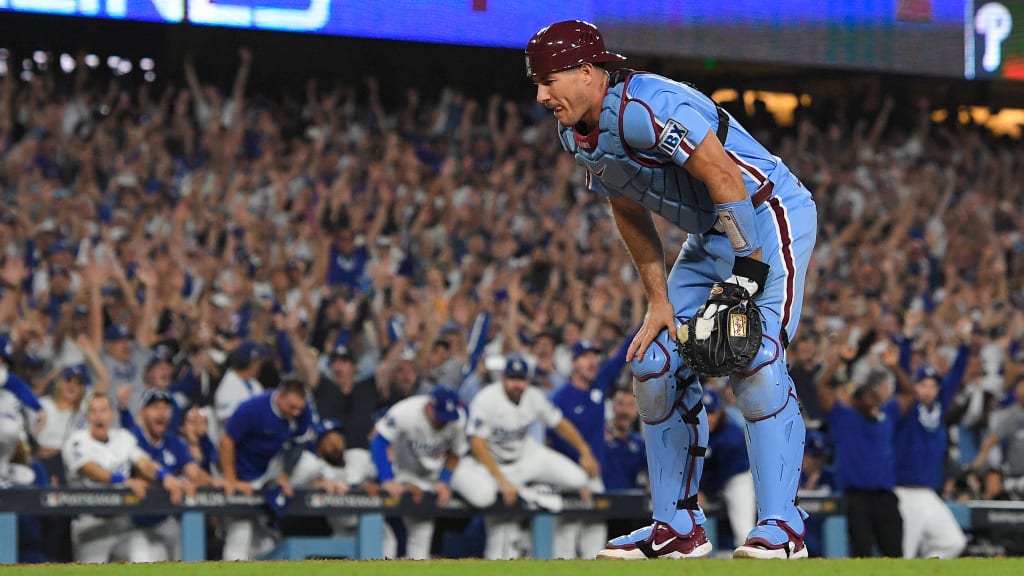With the Industrial Revolution maximizing factory production, many new substances were being poured into the environment. The byproducts of cars and washing machines were pumped out through pipes into waterways and forests with no concern, leading to an increase in pollution and other nasty things. These mysterious concoctions of chemicals and waste products created a gunk commonly associated with all things that hurt the planet. When black ooze surfaced from the roads of Venezuela, residents thought nothing of it. But the lives it claimed and damage it caused assured it was nothing natural.
La Mancha Negra, literally translated as “The Black Spot”, first showed up in Caracas, the capital of Venezuela, in 1986. The first people to pick up on it were some road workers who were tending to the road into Caracas’ international airport. There was little care or notice put towards the mysterious substance, but as it began to grow and spread, concerns grew with it. The material spread at a rapid rate until 8 miles of the road it initially appeared on were covered, with no signs of stopping. The ooze seemed to grow and ebb with the changing of the weather, expanding as the weather grew hot but curled into itself when it became more chilly.
Those who observed La Mancha Negra decreed it was a black blob that was thick and mangled but still managed to make the roads it covered very slick and difficult to drive on. Many mediums attempted to make concrete conclusions about what exactly the substance was made of. A British newspaper known as The Sunday Telegraph reported that it was a combination of various car fluids, but admitted they were unable to accurately pinpoint what it was. The Venezuelan government decreed it to be partially made of dust and oil while the rest of it was composed of manmade materials.
As the blob grew, it began to actively become a hazard for motorists, leading to countless car crashes. 5 years later, a concerned group consulted the president of Venezuela at the time, and at that point La Mancha Negra had spread all throughout the capital city. After nearly 1800 deaths were connected to the ooze, the government was forced to intervene. They attempted to clean the roads by spraying it with a pressure wash and allowing the rain to chip away at it. None of these methods worked, and neither did scrubbing. After consulting possible experts on multiple different continents, the government eventually tried dumping pulverized limestone on the roads, which only created more problems as it worked its way into the air.
Eventually, it began to disappear just as mysteriously as it had appeared. Less than 5 years later, though, it resurfaced. The overall poor conditions of roadways in 1996 led to La Mancha Negra reappearing and causing plenty of trouble. German cleaning equipment was imported and seemed to do the job, but just 5 years later it spread throughout Caracas once again.
The theories surrounding where exactly La Mancha Negra came from are just as confusing as the substance itself. Venezuelans seemed to think that a chemical reaction caused by raw sewage from poorer areas near the roads would react with the asphalt and lead to the road’s slow deterioration. Others theorized the Venezuelan government had installed poor quality asphalt and it quickly degraded after it was applied to the roads. The most popular theory, though, suggests that the quality of the cars driving on the road lead to this mysterious appearance. The cars in Venezuela were not exactly top notch, and the gas they consumed would leak oil on the roads they elected to drive. This culminated in an oil buildup that began to clog the roads and create La Mancha Negra. As The Washington Post stated, the traffic flow into the city for the workday would lead hundreds (if not thousands) of cars to pile up on a small number of roads.
There are suspicions that the existence of La Mancha Negra was motivated by political differences. The corrupt government of Venezuela was no stranger to attacks and sabotage by political opponents, so it was theorized that people against the leadership of Carlos Andrés Pérez spread it on the streets to oppose his authority. When Hugo Chávez took power, once again, La Mancha Negra was called into question.
The solution to La Mancha Negra might never be truly determined, but thanks to the advanced infrastructure of the United States, we will never experience such a phenomenon. Ultimately, though, its existence can make us appreciate our roads a bit more, however bumpy they might be.
Resources:
https://en.wikipedia.org/wiki/La_Mancha_Negra
https://www.todayifoundout.com/index.php/2016/08/mysterious-black-goo-venezuela-la-mancha-negra/













































